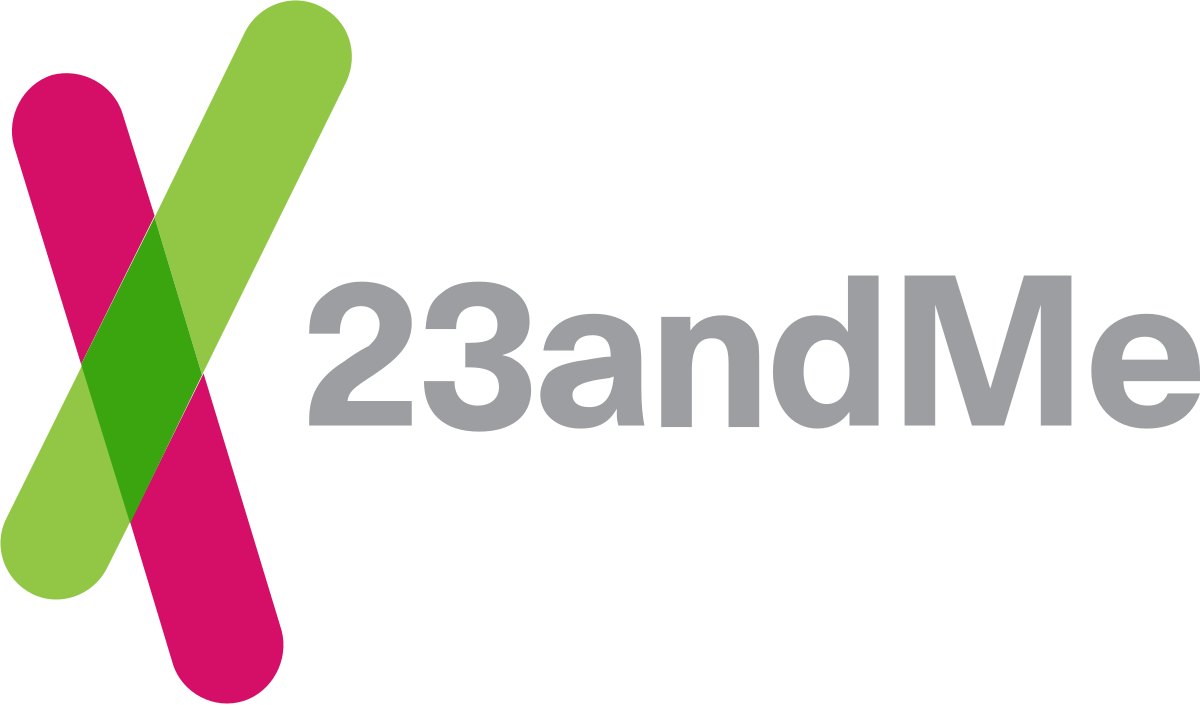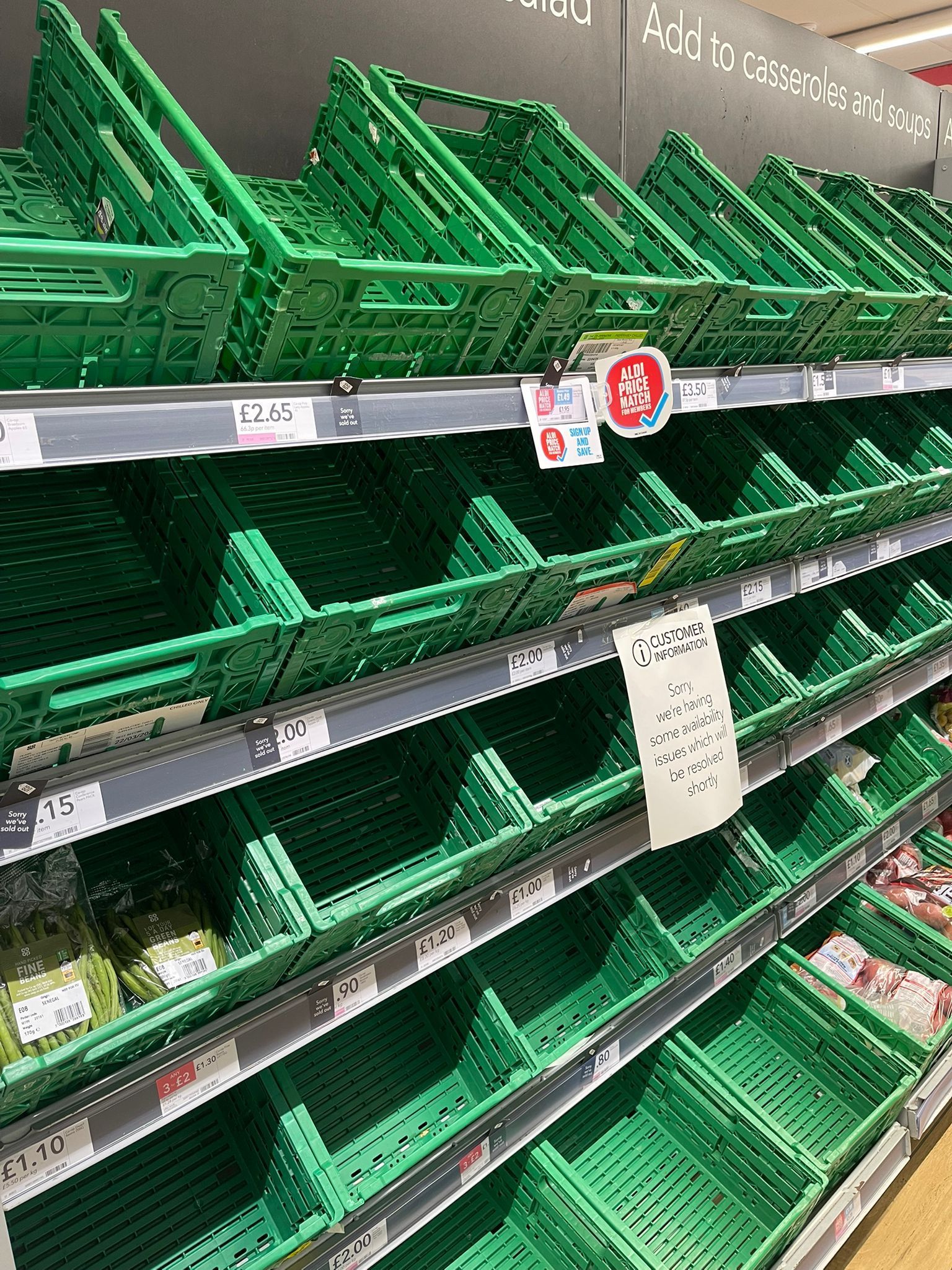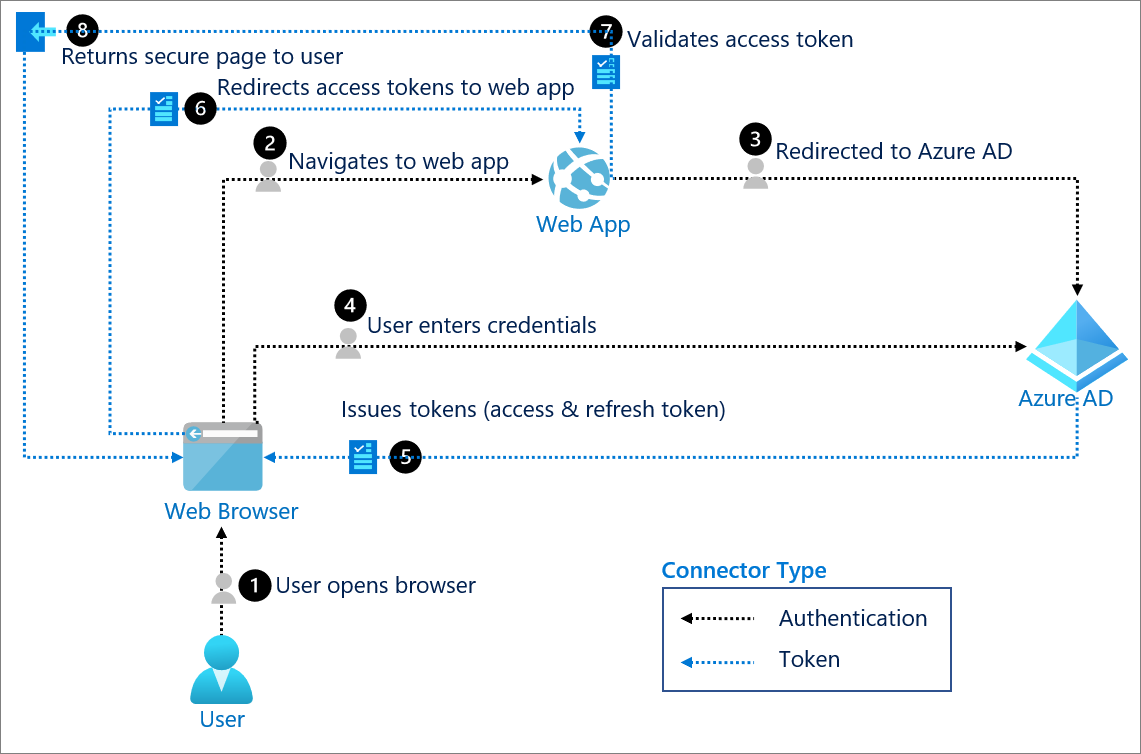The Hidden Cyber Threat: Why Your Building's Smart Technology Could Be Your Biggest Security Risk
New research reveals that over 25% of UK buildings have been cyber-attacked in the past year – and the threat is growing exponentially

Modern buildings are no longer just brick and mortar structures. Today's commercial properties are sophisticated digital ecosystems packed with smart sensors, building management systems, and interconnected technologies designed to enhance occupant experience and operational efficiency. But this digital transformation comes with a hidden cost: dramatically increased cybersecurity risks that many organisations are simply not prepared for.
The Alarming Statistics
Recent research from the Royal Institution of Chartered Surveyors (RICS) has revealed some sobering facts:
- Over 25% of UK buildings experienced a cyber-attack in the past 12 months – a significant increase from 16% the previous year
- 73% of business leaders believe their organisation will face a cybersecurity incident within the next 12-24 months
- The average global cost of a data breach in 2024 reached
$4.88 million
These aren't just abstract numbers. High-profile attacks like the one that forced Marks & Spencer to halt online orders for seven weeks, costing them millions in lost sales, demonstrate the real-world impact of inadequate cyber defences.
Your Building's Hidden Attack Surface
What many property professionals don't realise is that modern buildings contain numerous potential entry points for cybercriminals. The integration of Operational Technology (OT) and Information Technology (IT) systems has created what experts call an "attack surface" – multiple vulnerabilities that malicious actors can exploit.
Consider these common building systems that could become attack vectors:
Building Management Systems (BMS): These control heating, ventilation, lighting, and air conditioning. If compromised, attackers could cause widespread disruption or use them as a gateway to corporate networks.
Access Control Systems: Smart locks, security cards, and biometric scanners contain valuable data and can be cloned or manipulated.
IoT Devices: From smart thermostats to occupancy sensors, these devices often have weak security protocols and can be compromised to gain network access.
CCTV and Security Networks: These systems not only contain sensitive footage but can provide surveillance capabilities to attackers.
The Legacy System Problem
One particularly concerning finding from the RICS research highlights the prevalence of outdated systems. Buildings constructed as recently as 2013 might still be running Windows 7 – an operating system that Microsoft stopped supporting over five years ago. Without security updates, these systems are sitting ducks for cybercriminals.
This problem extends beyond just software. Many buildings contain hardware and network infrastructure installed years ago when cybersecurity wasn't a primary concern. Copper phone lines are being phased out, 3G networks are being retired, and sensors have limited lifespans – all creating potential vulnerabilities if not properly managed.
The Real-World Impact
Cyber-attacks on buildings aren't theoretical threats.
They can result in:
- Operational Disruption: Imagine your building's access control system being compromised, preventing employees from entering offices or triggering false fire alarms
- Data Breaches: Personal information collected by building systems could be stolen and sold
- Financial Losses: From ransom payments to business interruption and reputation damage
- Safety Risks: Compromised fire safety systems or elevator controls could endanger lives
A Multi-Faceted Challenge
The cybersecurity challenge facing modern buildings operates across multiple dimensions:
Hardware Risks: Physical components can fail, become outdated, or be physically tampered with.
Software Vulnerabilities: Operating systems and applications require regular updates and patches to remain secure.
Network Security: Both wired and wireless networks need proper segmentation and protection.
Data Management: Building systems collect vast amounts of data that must be properly secured and managed in compliance with regulations like GDPR.
Human Factors: From social engineering attacks to inadequate training, the human element remains a critical vulnerability.
The altiacyber Advantage
At altiacyber, we've been at the forefront of addressing these emerging cybersecurity challenges. Our experience with major enterprise transformations and cloud migrations has given us unique insights into the security gaps that exist in modern building infrastructure.
Our approach goes beyond traditional IT security to encompass the unique challenges of smart buildings:
- Comprehensive Risk Assessment: We map all digital systems and assets within your building to identify vulnerabilities and assign responsibility
- Zero Trust Implementation: Our team helps organisations embrace Zero Trust Security models across their entire digital estate
- Multi-Cloud Expertise: We secure identities, workloads, and applications across diverse cloud environments
- Systems Integration: We ensure that security measures work cohesively across all building systems
The Cost of Inaction
As Paul Bagust from RICS warns, "It is inconceivable to imagine a world where technology will not continue to pose a growing risk to a building's operation."
The choice is clear: take proactive steps now when solutions are relatively straightforward and cost-effective, or risk becoming another statistic in the growing list of cyber-attack victims.
The property industry can no longer afford to treat cybersecurity as someone else's problem. Building owners, managers, and occupiers must work together to create comprehensive security strategies that protect both physical and digital assets.
Moving Forward
The digital transformation of buildings brings tremendous benefits – improved efficiency, enhanced occupant experiences, and reduced environmental impact. However, these benefits can only be realised safely with proper cybersecurity measures in place.
Don't wait until you become part of the 25% – or the projected 73% in the coming year. The time to act is now, while prevention is still possible and cost-effective.
Ready to secure your building's digital future?
Our cybersecurity experts can help you evaluate solutions, plan implementation, and develop comprehensive policies.
Contact us at innovate@altiatech.com or call +44 (0)330 332 5482
















